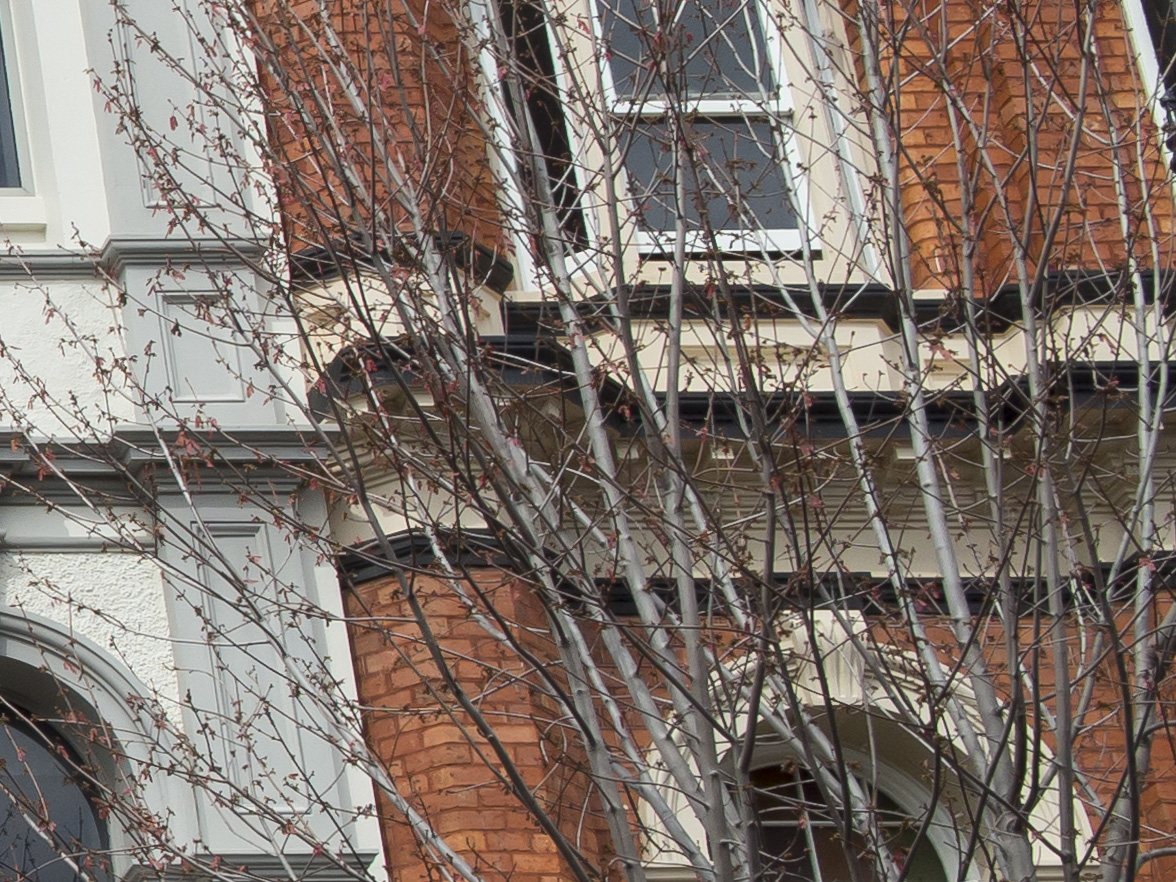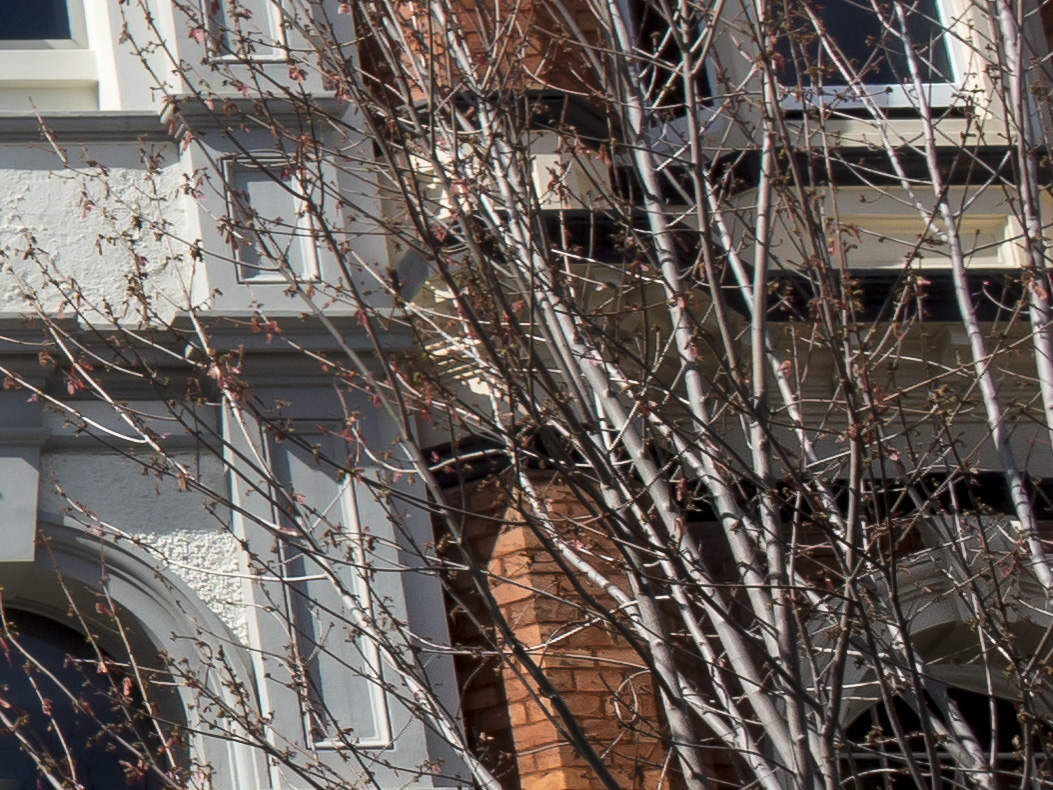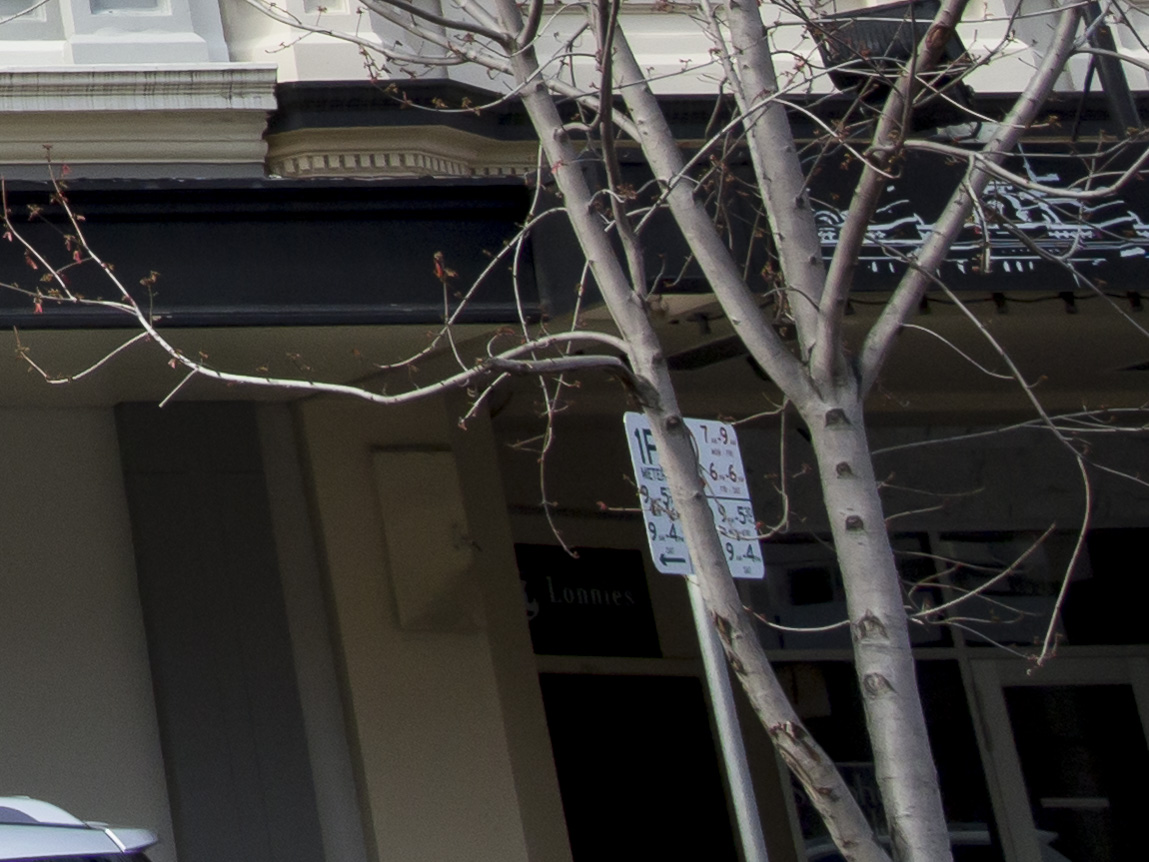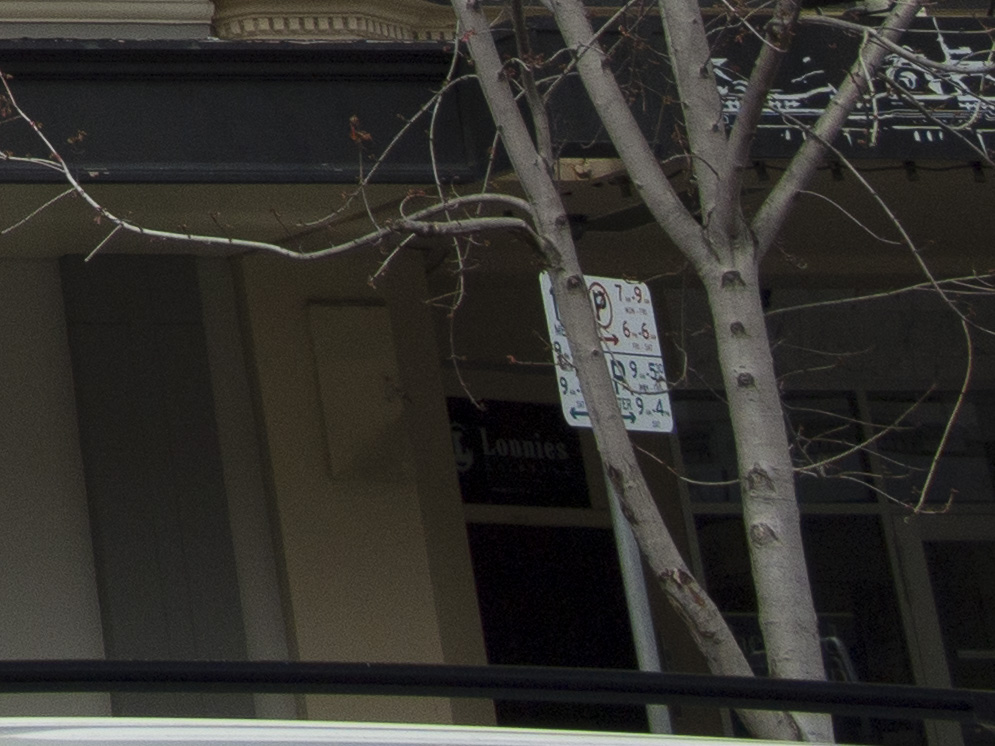So I started working in a camera shop again, teaching classes and generally getting back into the groove.
Inevitably I suppose, I have become re-inspired and unsettled in equal measure. I am not the type (these days) to be the slave of other peoples expectations, but I am certainly becoming more of a slave to my own.
The unsettled feeling I have comes from the same source it has done for awhile.
I do not have a good wide angle lens. This is something I do not feel I need for my general every day photography, but here is the rub. I cannot stretch, change or explore all forms of photography if I stay limited to a small clutch of “normal” range lenses (all shot with an EM5 mk1). For myself, the route to constant output seems to be directly linked to the ability to adapt to subject, opportunity and mood. It has not gone un noticed that my commitment has become more focussed on travel and occasional street work, but little else.
This came home to me recently on a landscape photography workshop we held recently. I have no landscape kit to speak of and I felt like a bit of an imposter. Sure the advice I gave was sound, but it was a case of do as I say, not as I do. Of course, if pushed I could get the job done, but I do not have either of the two things I feel are realistically necessary (for me) for serious landscape work;
A superior and consistent (at f5.6-11 at least) zoom lens or lenses, to cut down on framing dilemmas (why rob yourself of maximum possible quality by being forced to mis-frame images with a limited choice of primes, when an all-in-one zoom now can offer 100% usable image space without it’s own compromises. I would also love to have a “no fiddle” kit using as few moving parts as possible. This is to address a known laziness issue I have, but one that I could see as a test of commitment?
A wide angle (as part of the above). Nothing outlandish, but at least something wider than my 17mm, capable of a little grandeur of perspective. Nothing crazy wide is in the mix. I do like filters and do not like super wide lenses. Simple as that. If I want extended coverage I would prefer two less perspective expanded (14mm or longer) files as a stitched panorama.
The benefit of working in a shop of course is access to gear.
Last shift, I grabbed a little time and a clutch of lenses and, very unscientifically, shot a series of shots at the apertures and relevant focal lengths I wanted to use. I was trying to find a clear winner, but also to compare the lenses I have to the ones I would like. These images were then manipulated at home to a standard I would accept.
The subject at 12mm (surprised I was not arrested for staking out the bank). Great as a CA challenge with lots of contrasty edges. I particularly paid attention to the sign in the bottom right hand corner, the trees right centre edge and the boxes in the frame centre window on which I could read “made in china” with the 45mm lens. Focus was on the middle column just above the filigree work.
Keep in mind I am not after the best theoretically perfect lens, but the one that “puts the rubber on the road” post fixes if necessary, so I fixed CA, sharpened a little and addressed fall off etc., you know, the way we all do with all of our serious images. Why would I reject a lens that delivers what I am after, just because of an easily fixable minor issue. This is not a homage to the lens makers craft. It is an attempt to get to the end point of a process with the best realistic results.
The conclusion.
Tie for first consideration
Olympus 12-100 f4 Pro. What a winner! This lens was consistent across the frame and through the range It had mild and easily fixable CA and sharpened nicely (usually a good sign of micro contrast). Unfortunately the light varied a lot over the 5 minutes it took to complete the shots (Tassie in spring, what ya gonna do) and the images with this one were fairly low contrast, but never the less it’s quality showed through (in many ways, the less than ideal light actually helped show it’s strengths). Great close focus, great range, weather sealed and pro build. The only small issue is filter size, but with only 2-3 needed and no changing I can deal with that. At f8 it was slightly less sharp than f4 (did not test f5.6), but that would likely be slight diffraction. Diffraction softness sharpens well enough. It renders a cool and neutral image, which I feel would add contrast to landscapes and is in welcome contrast to the warmer 17mm and some of the other primes. The amazing stabiliser performance is a bonus.
The left hand frame is a crop at 15mm from the Olympus at f8 and the second is the Panasonic 15mm. The colour is from the light changing partly, but the Oly does look to render cooler, although a feature that the 15mm images showed was more controlled contrast (notice the more natural, smoother rendering of the branches even though the wall behind has more shadowing). The third file is a crop from the 17mm showing the slightly cruder, but not unusable file edges after a bit of work.
Panasonic 15mm f1.7. This one is a known quantity to me. After testing it against the other lenses here and knowing how the two 17mm Olympus lenses compare, I would put it on par with the Olympus 17 f1.2 for across the frame clarity (where the f1.8 falls short). It has always tempted with it’s slightly wider angle of view to the 17mm Oly and early on it was a genuine contender to replace the 17mm, but for street and travel, the Oly won out due to it’s warmth, excellent micro contrast and elegant, street friendly Bokeh. As expected the 15mm out-shone the 17mm in the edges and corners (but not by as much as I expected, credit to the 17) and offered a “brighter” look with slightly more open, less organic colours (a better rendering possibly for landscapes). It does not fix the zoom issue and barely adds anything to my coverage, but would add a scenic specialist, moderate wide to compliment my street specialist one. It had effectively no CA and offered a smooth, realistically sharp, mature image, much like the 45mm. The light may be to blame for the slightly warm rendering, but it had more snap than the 12-35 in the same light and held more highlight detail than the 12-100. All primes with varying filter threads goes against the ideal, but how serious am I? Not buying this will hurt as any lens this good that is affordable is worth grabbing. If I am true to my own ideals and can function with a compressed range, this little prime gives me the needed alter ego to my much loved 17mm.
The angle of view from the Olympus 17mm on the left and 15mm Leica is negligible, but not totally irrelevant. It is the better edge to edge performance that is more appealing for landscapes (only). These were taken less than a minute apart, showing the fickle nature of the light, so it was hard to get a handle on the true, natural tint of each lens.
The Oly zoom on the left at 12mm and the 12-60mm on the right. This is the corner that the 12-60 seemed to render better, although muddier than the others, but it fell away elsewhere.
Lenses that gave me pause
Panasonic 14-140 mk2. This is a little sleeper. It has the ideal 58mm filter size (have those), is small, well made and has a good range (12mm would have been nice). This was a case of more than adequate being trumped by better. If I had this, I would be settled, but at half the price of the 12-100 (the pro lens is on special at the moment), the temptation to go for better is too strong. It had a little CA that robbed it of some sharpness and the corners at 14mm wide open were the worst in it’s otherwise stable range.
Panasonic 12-60 f3.5-5.6. Much like the one above, but with a shorter range. Nothing to complain about, but a little expensive for the range/speed. I would have been tempted at a slightly lower price, pairing it with my 75-300. Compared to the lens below, this one looks to be very good value. Fixable but obvious green and purple CA with above average corners, especially in the aperture range I want, it gave the big Oly a run and matched or bettered the f2.8 zoom. The only issue, that I put down to the changing light was a lack of contrast, but after long comparison viewing with the others, it just looks to be a little flatter than the cooler rendering 12-100. It is also weather sealed and takes 58mm filters. Two other things I noticed. It was a tiny bit wider than the 12-100 at 12mm and it seemed to perform against reviews I later read. Possibly it suffers from some field flatness issues. These only effect testing flat targets not real life images.
Panasonic 12-35 f2.8 mk2. I must admit to being a little surprised by this one. I expected it to out shine the 12-100 if any would, but it was more at home in the lesser pack with the two above. The high speed and short range probably limited it an outsider and it would compete with my primes for general work. CA was well controlled mostly except for some troublesome purple/green at 35mm that I found hard to correct and it was consistently sharp across the frame. It is a strong lens in the vein of few faults rather than anything outstanding (much like the Oly 12-40). The 15mm became the reference lens and beat it at that focal length, but at 12mm it maybe pipped the 12-100 by a hair.
To put it simply, if I owned any of these above already, I would probably not bother to get anything else.
Not in the Mix
Olympus 14-150 Mk2. I really wanted this to be the winner as it fit the bulk of criteria and a big part of me hoped it would be a real sleeper like the 75-300, but alas it just fell behind the pack, especially on the outer half of the frame (similar performance to the 17mm). Maybe a good choice for general travel work and non critical landscapes, but it cannot in my opinion be elevated to the fine art level.
My reference lenses at the start of this test performed as expected.
The 45mm f1.8 Olympus is exceptional. It was the best at the edges, although only by a small margin to some of the other lenses at their best apertures and the 17mm performed above expectations on comparison. Those that were better in the corner of the frame than the 17 were clearly better (15mm, 12-100). I would put it’s corner performance in the middle of the pack and the centre circle was wide and forgiving, but the frame centre often beat the best lenses here (snappier micro contrast?).
The missing lens is the 12-40 Pro, a lens I grudgingly rate highly after using it for a while, but it has the same issues as the 12-35 Panasonic (short range) with added weight and filter thread needs. Owning this basically felt like owning a big and heavy 12-18, with the prime 25/45’s as good or better.
*
I will probably be getting (the tested) 12-100. It came through in the top two in every area. No mean feat considering the range. If I can noticeably better it’s performance at the focal lengths it offers, the lenses required would I feel, need to be the far less useful and no less expensive primes or paired f2.8 zooms and some of these I already have or have had and sold.
The 15mm is hard to let slip by, but I may revisit that later. Unfortunately for it, the stronger area for the 12-100 is in the 12-25mm range. They were really hard to split, with the 15 winning little fights, mainly in gentler, slightly smoother rendering (again micro contrast?), but the zoom looking crisper/more contrasty over all and again that huge advantage of being able to micro manage framing (and good macro) in camera, giving it the edge most often in resolution simply by avoiding wasted pixels later.
It is funny how the mind works. On one hand I would love to be that purist, who finds the rare piece of compositional perfection and draws from their understated bag one of a small, hand selected choice of (range limited) “ideal” lenses, then painstakingly composing the perfect image, accepting that sometimes the best framing option is not possible (adding the validation of good fortune to the good shots when captured). On the other hand, the realist in me just wants to get 100% return in any circumstances regardless without the false promise of better through hardship. Lets face it, good image making is hard enough, but which corners are worth cutting in the name of efficiency and which ones just promote laziness.
Fundamentally I am opposed to zoom lenses for my street and portrait photography due to their limited aperture range (especially in M43 where all apertures are practical to use). When thinking of landscape shooting, with it’s forced contemplation and effort, field craft limitations, unforgiving nature and other external considerations my thinking is different. Even issues such as handling/size/weight become irrelevant when methodical tripod use is the norm.
If the Panasonic 12-60 was cheaper, I would possibly look that way allowing this whole thing to be less expensive, but at twice the price you get nearly twice the range and slightly better performance across the board from the Oly.
An old favourite the 12-35 f2.8 failed to excite, being the perfect balance of not a useful enough range, and not outstanding (enough) performance to be compelling.
For a trip planned for next year requiring a lot of hiking, the Panasonic 14-140 is tempting, the Oly is not that big and heavy on balance.








